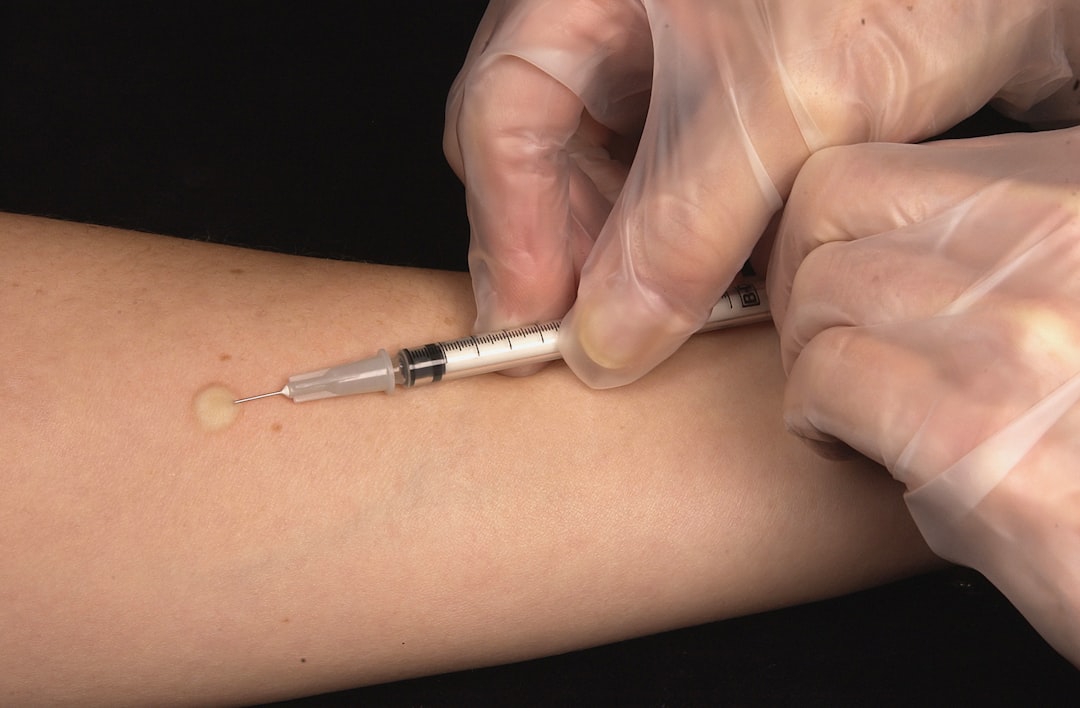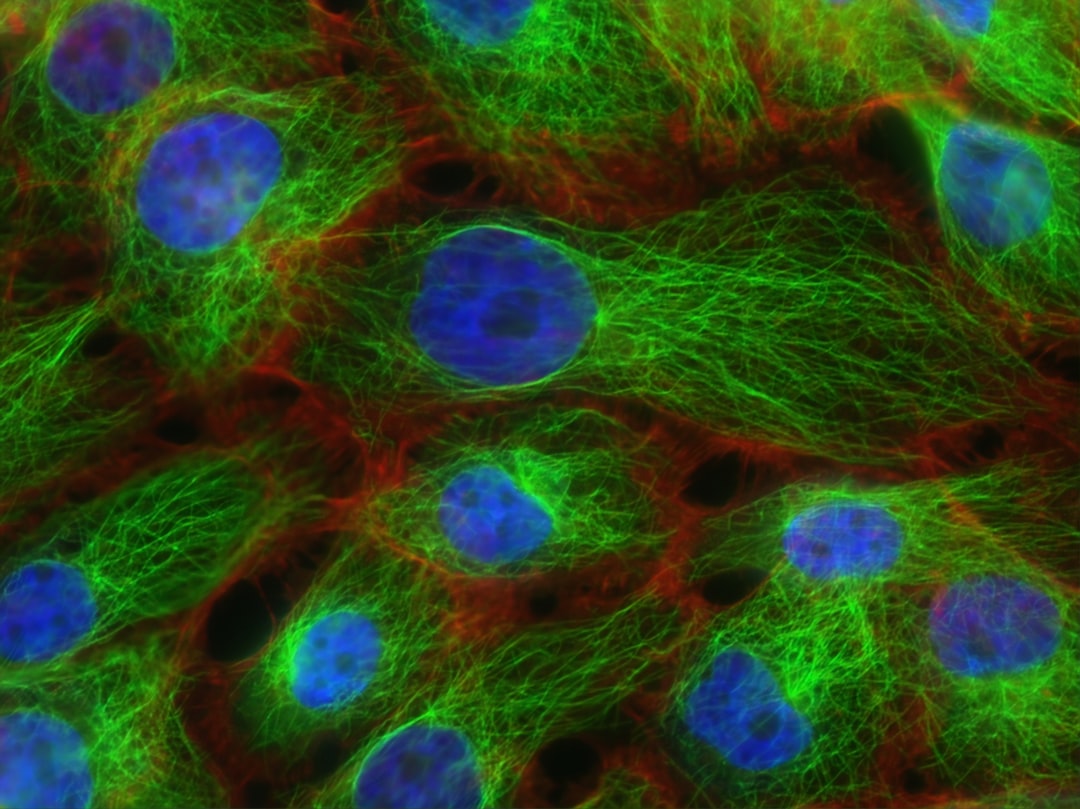What is it about?
A typical approach for removing As from drinking water includes a pre-oxidation step to transform the more toxic As(III) to As(V) and a subsequent separation process for As(V) removal. Unfortunately, typical oxidants result in the formation of toxic oxidation by-products, so alternative options, such as TiO2 photocatalysis, have been investigated. But As(V) produced by oxidation of As (III) remains adsorbed on the catalyst surface, thus limiting process efficiency. In this work a new catalyst based on molybdenum oxide supported on titania (MoOx/TiO2) was succesfully investigated (complete photocatalytic oxidation of As(III) (5 mg L−1) to As(V) took place after 120 min exposure to UV-A light) to overcome this drawback. Moreover, UV LED irradiation was found to be more effective (96% As(III) converted) than the UV-A light system (75% As(III) converted).
Featured Image
Why is it important?
High oxidation efficiency of As(III) (more toxic) to As(V). Moreover, the new photocatalytst (MoOx/TiO2) did not adsorb As(V) which was completely released into the solution, thus preserving its surface activity and, consequently, drastically reducing operating costs related to catalyst reactivation
Perspectives
The investigated process can be really useful for applications in arsenic polluted drinking water, in particular where conventional processes (e.g., adsorption as standalone process/technology) failed to meet aresenic limit set by regulations.
Professor Luigi Rizzo
Universita degli Studi di Salerno
Read the Original
This page is a summary of: Removal of arsenic from drinking water by photo-catalytic oxidation on MoOx/TiO2and adsorption on γ-Al2O3, Journal of Chemical Technology & Biotechnology, November 2014, Wiley,
DOI: 10.1002/jctb.4581.
You can read the full text:
Contributors
The following have contributed to this page










